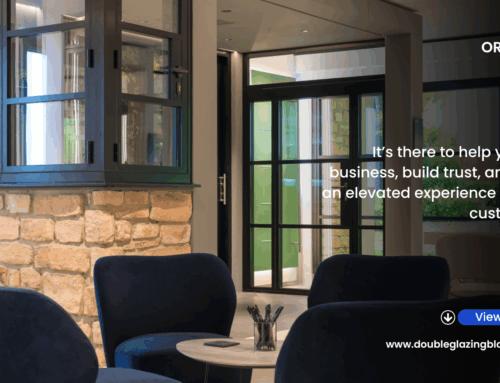It is well established that maximising natural light boosts wellbeing and transforms living spaces. Victoria Brocklesby of Origin shares expert tips on using glazing and design to brighten homes beautifully.
Natural light in a home has all kinds of benefits, alongside performing the practical role of illuminating spaces. Research shows that a lack of natural light harms physical and mental wellbeing, including sleep quality and general mood, while those who live in bright properties report being happier in their home.
There are simple ways to maximise light using glazing, but also some more dynamic and creative options. These are my top tips and considerations for bringing more natural light into your next project.

Function
How to best maximise natural light will depend on the function of the room and where it is in a property. A common example is a kitchen extension at the back of a house, which offers the ideal opportunity to make a statement and flood the space with daylight throughout the day when the room is most in use. Outside of the kitchen, a homeowner using a room as an office space is likely to want light in the morning and early afternoon, but not necessarily the evening.
Orientation
The orientation of the home will also have a significant impact on how you can make the most of the natural sunlight. An east facing wall will benefit from the sun in the morning, but will be in shade by the afternoon. Use this to the homeowner’s advantage by considering when they will be using certain rooms the most. Using the office space as an example again, prioritise south facing walls for glazing, so the room benefits from light throughout the daytime.
Type of products
To pull as much of this all-important light into a room as possible, opt for a combination of slimline sliding doors, or bi-fold doors, and larger panels of fixed glazing.
Replacing solid internal doors with designs that feature glazing will also help filter brightness throughout a home. These not only let light stream through, but also break up space without creating a cramped or closed-off feeling, playing into the growing ‘broken plan’ trend.
Glazed extensions are another option. These are growing in popularity because they help bring in daylight, but also add an interesting, modern design feature that works well with both contemporary and period properties. However, if limited by planning or budget constraints, a single wall or bi-fold, or sliding doors will have a similar effect. Not only will they pull in lots of natural light for that airy, open feel, but they also allow the space to be physically extended when the doors are open, as the inside space will seamlessly connect to the outdoors. This works particularly well for clients with families or those who enjoy entertaining.
Size
Not all spaces are created equal. For smaller projects where functionality needs to take priority when it comes to fitted elements of the room, like cabinets in a kitchen, consider other ways to increase the feeling of space in the room.
Large picture windows, bi-folding windows or corner windows are great options for maximising the view without taking up as much wall space as doors. Aluminium frames also benefit from ultra-slim sightlines to further help bring the outdoors in.
Windows also don’t have to be at eye level. For example, clerestory-style windows (a row of windows set above eye level) are a great way to switch things up and be creative with positioning. These can be used in conjunction with standard positioned windows to add interest and maximise light. Gable-end windows are another sure-fire way to make a light-filled design statement. They are also the perfect solution where a shallow roof pitch needs to be taken into consideration, like in loft conversions.
Colour
The colour of door and window frames can also influence how light enters and moves through a room, so I’d recommend opting for lighter coloured frames to disperse light, especially in smaller spaces or areas where natural light can be limited. Opting for a manufacturer that offers over 150 RAL colours means that clients aren’t limited to a select few light colours to choose from, thus allowing a truly bespoke glazed door or window statement to be made.
In summary
The most effective way to make the most of natural light in a property is to utilise glazing wherever possible. When this is more challenging, it is vital to consider the orientation of the home to best channel light to the homeowner’s advantage.
Contact Origin to discuss your project – CLICK HERE
Sponsored news via Origin
Subscribe for FREE below to receive the weekly DGBulletin newsletter and monthly digital magazine!







